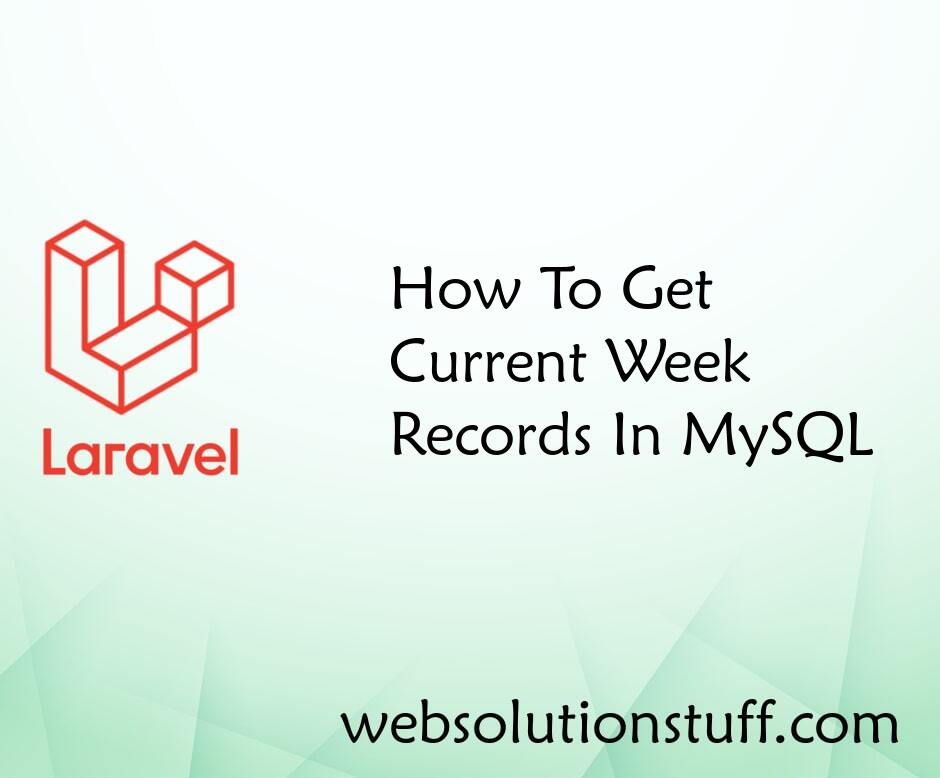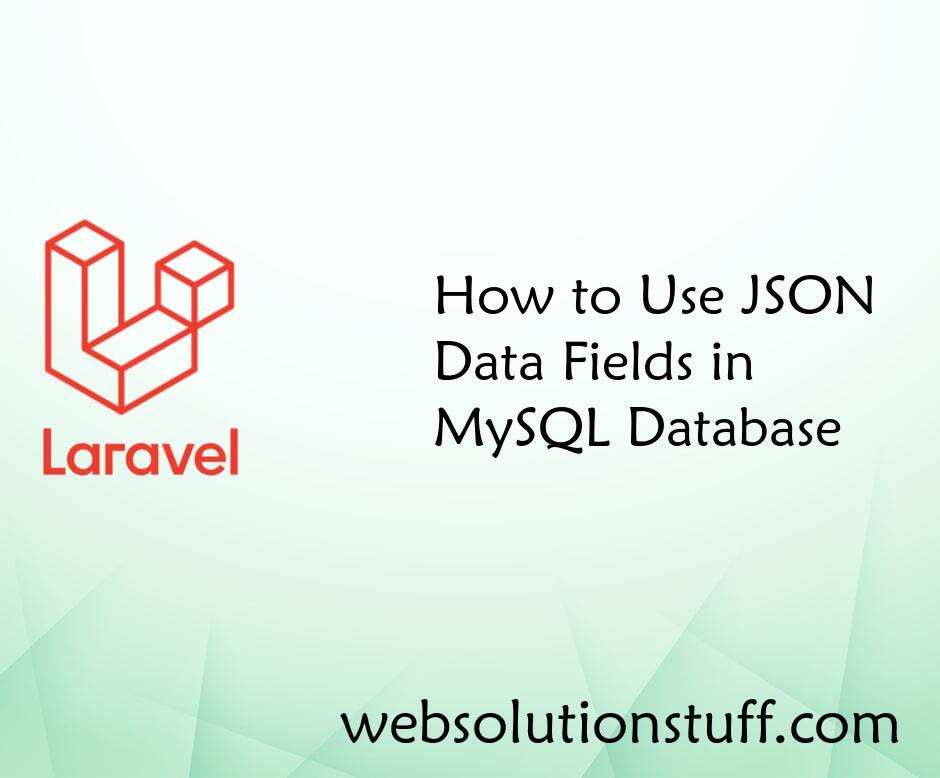Laravel 10 Custom Validation Error Message
Websolutionstuff | May-19-2023 | Categories : Laravel
In this article, we will see the laravel 10 custom validation error message. Here, we will learn about how to create custom validation rules in laravel 10. Laravel provides several different approaches to validate your application's incoming data.
As you can see, the validation rules are passed into the validate method. Don't worry - all available validation rules are documented. Again, if the validation fails, the proper response will automatically be generated. Also, we will use validate() method for adding validation rules and custom messages.
So, let's see how to create a custom validation rule in laravel 10, custom laravel validation message, how to customize a validation error message in laravel 10, and how to create a custom message in laravel 10.
You have to add a seconds argument to validate the () method with a custom error message array.
$request->validate([
'name' => 'required',
'email' => 'required|email|unique:users'
'password' => 'required|min:5',
], [
'name.required' => 'Name field is required.',
'email.required' => 'Email field is required.',
'email.email' => 'Email field must be email address.'
'password.required' => 'Password field is required.',
]);
In this step, we will install laravel 10 for custom error messages. So, run the following command.
composer create-project laravel/laravel example-app
Then, we will create UserController using the following command. And in this controller, we will have two methods create and store.
php artisan make:controller UserController
app/Http/Controllers/UserController.php
<?php
namespace App\Http\Controllers;
use Illuminate\Http\Request;
use App\Models\User;
use Illuminate\View\View;
use Illuminate\Http\RedirectResponse;
class UserController extends Controller
{
/**
* Show the application dashboard.
*
* @return \Illuminate\Http\Response
*/
public function create(): View
{
return view('index');
}
/**
* Show the application dashboard.
*
* @return \Illuminate\Http\Response
*/
public function store(Request $request): RedirectResponse
{
$validatedData = $request->validate([
'name' => 'required',
'email' => 'required|email|unique:users'
'password' => 'required|min:5',
], [
'name.required' => 'Name field is required.',
'email.required' => 'Email field is required.',
'email.email' => 'Email field must be email address.'
'password.required' => 'Password field is required.',
]);
$validatedData['password'] = bcrypt($validatedData['password']);
$user = User::create($validatedData);
return back()->with('success', 'User created successfully.');
}
}
Now, add the routes to the web.php file.
routes/web.php
<?php
use Illuminate\Support\Facades\Route;
use App\Http\Controllers\UserController;
/*
|--------------------------------------------------------------------------
| Web Routes
|--------------------------------------------------------------------------
|
| Here is where you can register web routes for your application. These
| routes are loaded by the RouteServiceProvider within a group which
| contains the "web" middleware group. Now create something great!
|
*/
Route::get('user/create', [ UserController::class, 'create' ]);
Route::post('user/create', [ UserController::class, 'store' ]);
Then, we will create an index.blade.php file. So, add the following HTML code to that file.
resources/views/index.blade.php
<!DOCTYPE html>
<html>
<head>
<title>Laravel 10 Custom Validation Error Message - Websolutionstuff</title>
<meta charset="utf-8">
<meta http-equiv="X-UA-Compatible" content="IE=edge">
<meta name="viewport" content="width=device-width, initial-scale=1">
<link href="https://cdn.jsdelivr.net/npm/[email protected]/dist/css/bootstrap.min.css" rel="stylesheet">
</head>
<body>
<div class="container">
<h1>Laravel 10 Custom Validation Error Message - Websolutionstuff</h1>
@if(Session::has('success'))
<div class="alert alert-success">
{{ Session::get('success') }}
@php
Session::forget('success');
@endphp
</div>
@endif
<!-- Way 1: Display All Error Messages -->
@if ($errors->any())
<div class="alert alert-danger">
<strong>Whoops!</strong> There were some problems with your input.<br><br>
<ul>
@foreach ($errors->all() as $error)
<li>{{ $error }}</li>
@endforeach
</ul>
</div>
@endif
<form method="POST" action="{{ url('user/create') }}">
{{ csrf_field() }}
<div class="mb-3">
<label class="form-label" for="inputName">Name:</label>
<input type="text" name="name" id="inputName" class="form-control @error('name') is-invalid @enderror" placeholder="Name">
<!-- Way 2: Display Error Message -->
@error('name')
<span class="text-danger">{{ $message }}</span>
@enderror
</div>
<div class="mb-3">
<label class="form-label" for="inputEmail">Email:</label>
<input type="text" name="email" id="inputEmail" class="form-control @error('email') is-invalid @enderror" placeholder="Email">
@error('email')
<span class="text-danger">{{ $message }}</span>
@endif
</div>
<div class="mb-3">
<label class="form-label" for="inputPassword">Password:</label>
<input type="password" name="password" id="inputPassword" class="form-control @error('password') is-invalid @enderror" placeholder="Password">
<!-- Way 3: Display Error Message -->
@if ($errors->has('password'))
<span class="text-danger">{{ $errors->first('password') }}</span>
@endif
</div>
<div class="mb-3">
<button class="btn btn-success btn-submit">Submit</button>
</div>
</form>
</div>
</body>
</html>
You might also like:
- Read Also: How To Block IP Address In Laravel 10
- Read Also: Laravel 10 AJAX Form Validation Example
- Read Also: Multi Step Form Wizard jQuery Validation
- Read Also: Special Characters Not Allowed Validation In Laravel 9
Recommended Post
Featured Post

How To Get Current Week Record...
In this tutorial, we will see how to get current week records in MySQL. Many times we need to get current week reco...
Feb-07-2022

Laravel 10 Create AJAX Paginat...
In this article, we will see laravel 10 create an ajax pagination example. Here, we will learn about how to create...
Apr-17-2023

How to Use JSON Data Field in...
Today, In this post we will see how to use json field in mysql database. In this tutorial i will give mysql json data ty...
Jun-04-2021

How To Create Multi Language W...
In this article, we will see how to create a multi language website in laravel 9. In this example, we will see the...
Apr-20-2022